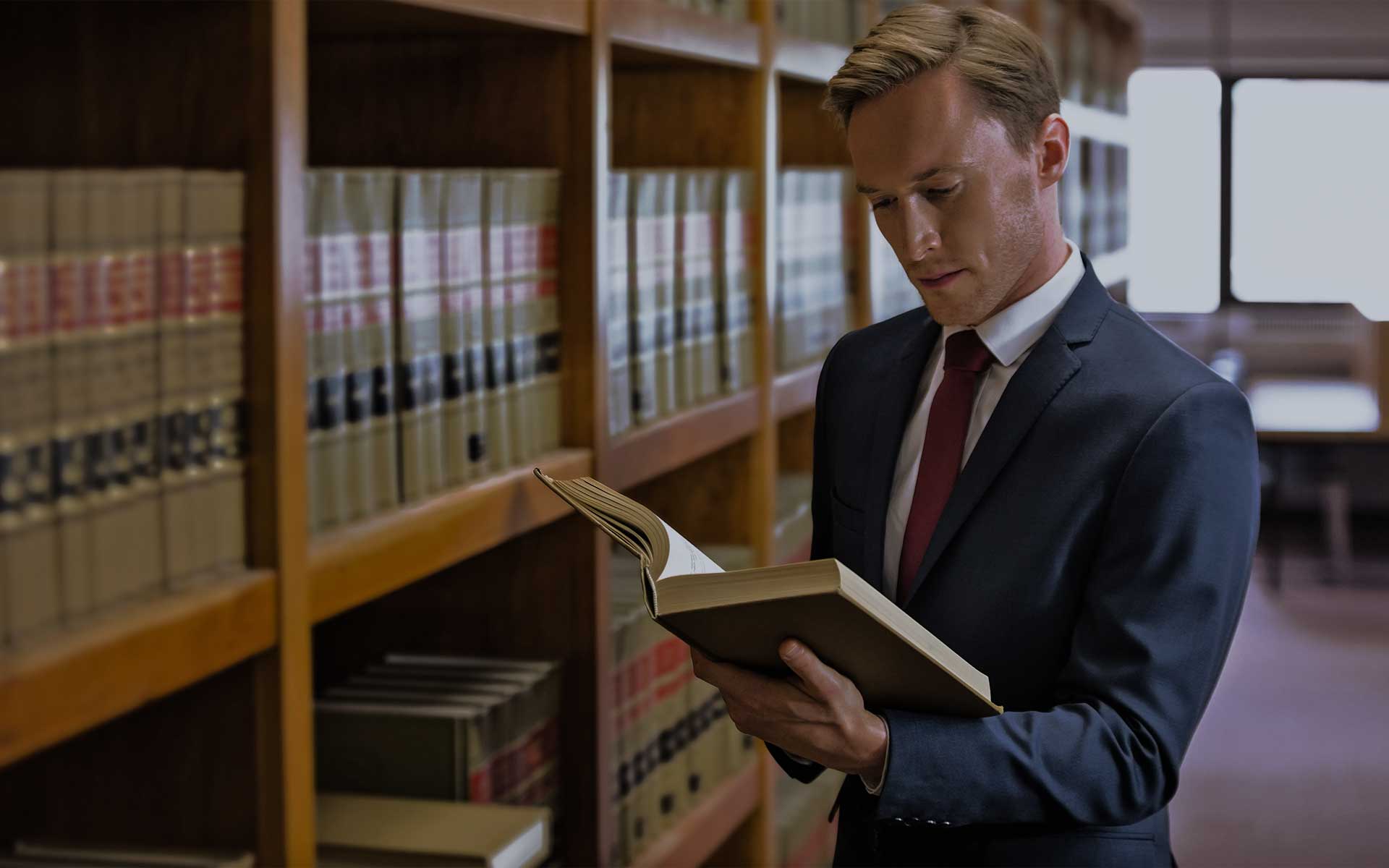Using Provisional Patent Applications in Invalidity Challenges

The following article by Michael J. Flibbert and Pier D. DeRoo published by Westlaw Journal Intellectual Property is very instructive and is recommended reading.
Article
Using Provisional Patent Applications in Invalidity Challenges
February 28, 2018
Westlaw Journal Intellectual Property
By Michael J. Flibbert, Pier D. DeRoo
While provisional patent applications are never published and cannot become prior art, recent decisions from the U.S. Court of Appeals for the Federal Circuit illustrate that parties can nonetheless make effective use of provisional applications when raising invalidity challenges. For instance, parties can use the earlier filing date of a provisional application to show an issued patent or a published patent application qualifies as prior art. If a party can successfully establish priority to that earlier filing date, an asserted reference may be treated as prior art as of the provisional application’s filing date for all subject matter disclosed by the provisional application and carried into the asserted reference. In other words, a provisional application in these circumstances will very nearly constitute prior art, as the Federal Circuit explained in Dynamic Drinkware LLC v. National Graphics Inc., 800 F.3d 1375 (2015).
To establish entitlement to the earlier filing date of a provisional application, a party must prove that the provisional application provides adequate written description and enablement support, pursuant to Section 112 of the Patent Act, 35 U.S.C.A. § 112, for the claims of an asserted reference. When the reference is a published patent application, some interesting consequences arise because a published application’s claims might never undergo examination at the U.S. Patent and Trademark Office and because pending claims can change at nearly any time. In demonstrating that published claims meet the requirements of Section 112, both patent challengers and patent owners can make creative arguments to either invalidate or defend patents when provisional applications are raised in prior art challenges.
Overview of Provisional Applications
Section 111(b) of the Patent Act, 35 U.S.C.A. § 111(b), describes a provisional application as a relatively informal patent application that lacks many of the requirements of a nonprovisional application. Provisional applications do not require an oath or declaration. Nor do they require submission of patent claims. In addition, they are never examined by a USPTO examiner, are never published and cannot be issued as patents.A provisional application typically functions as a placeholder for potentially establishing a priority date for the subject matter disclosed in its specification and drawings, according to the Patent Act. After filing a provisional application, an applicant has 12 months to either file a nonprovisional application claiming priority to the provisional application or convert the provisional application to a nonprovisional application. During this 12-month period, the applicant may attempt to market the disclosed invention, or continue refining and developing the invention. Provisional applications therefore provide applicants with a one-year window to further evaluate their inventions before deciding whether to obtain patent protection. At the end of this 12-month period, provisional applications expire.
Applicants who file a provisional application may proceed with a nonprovisional application within the 12-month period. In contrast to a provisional application, a nonprovisional application will undergo examination at the USPTO. An applicant responds to examiner communications to obtain a patent. A nonprovisional application requires an oath or declaration, as well as submission of patent claims. And unlike provisional applications, nonprovisional applications are published by the USPTO, typically 18 months after they are filed. A published nonprovisional application may qualify as prior art under Section 102(a)(2) of the Patent Act, 35 U.S.C.A. § 102(a)(2).Traditionally, provisional applications have mainly been used by patent owners for defensive purposes specifically, to antedate prior art by demonstrating that a patent is entitled to the earlier filing date of a provisional application. With the growing prevalence of prior art challenges in inter partes review proceedings, however, petitioners have increasingly relied on the disclosures of provisional applications to prove unpatentability of challenged claims. For these offensive uses of provisional applications, the Federal Circuit has applied the same or similar requirements that it previously established for proving priority to a provisional application for defensive purposes. Amgen Inc. v. Sanofi, 872 F.3d 1367 (Fed. Cir. 2017). This borrowing of legal doctrines has introduced some unique opportunities for patent challengers and patent owners alike.
Proving Entitlement to the Earlier Filing Date
Although provisional applications cannot qualify as prior art, parties have increasingly raised invalidity or patentability challenges based on provisional applications. The growing prevalence of these challenges has led the Federal Circuit to clarify the requirements for establishing earlier priority dates for prior art purposes.
In Dynamic Drinkware, for example, the Federal Circuit analyzed whether a prior art patent asserted in an IPR petition was entitled to the filing date of an earlier provisional application. The Federal Circuit panel recited the same legal standard for demonstrating priority to a provisional application that it had applied for defensive purposes in New Railhead Manufacturing LLC v. Vermeer Manufacturing Co., 298 F.3d 1290 (2002). The panel in
Dynamic Drinkware said a provisional application had to meet the requirements of Section 112 for “the invention claimed in the nonprovisional application.” It concluded that the petitioner failed to meet with this standard. “A reference patent is only entitled to claim the benefit of the filing date of its provisional application if the disclosure of the provisional application provides support for the claims in the reference patent in compliance with Section 112,” the panel said. The court, therefore, affirmed the PTAB’s final written decision upholding patentability.Dynamic Drinkware left unanswered the question of whether the same priority standard should apply when a published patent application is asserted as prior art. Because the claims of a published application might never undergo substantive examination, and because the claims in a pending application may change at nearly any time, some might view priority determinations as unsettled until patent issuance. Further, because an invalidity analysis is typically based on the disclosure of a published application’s specification, rather than its pending claims, the relevance of the claims for prior art purposes may be tenuous.
The Federal Circuit in Amgen resolved this uncertainty, confirming that the same standard applies for establishing earlier priority for both prior art patents and published applications. In Amgen, Sanofi sought to invalidate Amgen’s patents by asserting as prior art two applications that met the requirements of the Patent Cooperation Treaty, or PCT. While Sanofi contended that these applications were entitled to the filing dates of earlier provisional applications, it failed to show that the provisional applications provided Section 112 support for the claims of the published PCT applications under Dynamic Drinkware. Sanofi argued that the Dynamic Drinkware test for priority was limited to prior art patents and did not apply to published patent applications, but the Federal Circuit disagreed. The appeals panel thus affirmed the district court’s decision upholding validity, thereby establishing that the same standard for priority applies to both prior art patents and published applications.
Section 112 Support for the Claims of Published Applications
Several interesting consequences arise from the Federal Circuit’s requirement that a published application can obtain the benefit of a provisional application’s earlier filing date only if the provisional application supports the publication’s claims under Section 112.
First, patent challengers may find potentially strong invalidity positions undermined by published claims that have little or nothing to do with the merits of a proposed invalidity analysis. Consider the example of a party who identifies a published patent application disclosing A + B and claiming B, which it wishes to use to invalidate an earlier-filed patent claiming A. Because the published application does not qualify as prior art due to its later filing date, the challenger identifies an earlier-filed provisional application in the priority chain of the published application, which discloses A. In this instance, the party has found a potentially anticipatory disclosure of A that antedates the challenged patent.
Unfortunately for the challenger, however, the provisional disclosing A cannot provide Section 112 support for the claims of the published application, which are directed to B. Thus, the published application is unavailable as a prior art reference against the challenged patent due to the recitations of its claims—even though those claims are otherwise irrelevant to the invalidity analysis.
Second, patent challengers asserting their own prior art may find themselves in an advantageous position. If our patent challenger from the above example was the applicant of the provisional application and the published application, and the patent family remains open and pending before the USPTO, the challenger has options. For example, the challenger could amend claims in a pending application to recite A, and then request that the USPTO republish the application under 37 C.F.R. § 1.221. The challenger could also file a new continuation application claiming A, which would eventually publish under Section 122 of the Patent Act, 35 U.S.C.A. § 122. Either way, a published application containing new claims directed to A would be entitled to priority of the provisional application, making the newly published application an anticipatory reference against the challenged patent. In other words, the patent challenger could effectively create new prior art simply by filing different claims supported by the provisional application. And this could occur many years after the provisional application was originally filed. Thus, patent challengers and patent owners should stay attuned to the possibility that once-dormant provisional applications may play significant roles in later invalidity challenges if pending applications publish with claims supported by those provisional applications.
Third, patent owners faced with invalidity challenges tied to provisional application-related priority determinations have a relatively large number of potential counterarguments at their disposal. For example, the Federal Circuit has required fairly strict compliance with the requirement that a provisional application must provide Section 112 support for the claims of an asserted prior art reference. In Dynamic Drinkware, for example, the IPR petitioner compared both the challenged claims to the prior art patent and one of the challenged claims to a provisional application earlier filed in the prior art patent’s chain of priority. The Federal Circuit concluded these efforts were insufficient because the petitioner failed to conduct a proper priority analysis for the claims of the prior art patent. Thus, patent owners should be prepared to identify deficiencies in the analyses presented by challengers relying on provisional applications.
As another example, patent owners may rely on Section 112 arguments, in addition to the full array of Section 102 and 103 arguments typically available, to defeat invalidity challenges relying on provisional applications. Even if a patent challenger attempts to show that a provisional application provides Section 112 support for the claims of a published application, the patent owner may be able to establish on the merits that the provisional application fails to provide sufficient written-description or enablement support. Thus, patent owners have additional arguments available for overcoming prior art attacks if challengers must rely on provisional applications in their invalidity arguments. Of course, patent owners should be wary of challengers with the ability to correct Section 112 deficiencies by filing new claims supported by a provisional application.
New Possibilities
The Federal Circuit’s requirement that a provisional application must provide Section 112 support for the claims of an asserted reference for it to have prior art effect as of the provisional application’s filing date raises new possibilities for both patent challengers and patent owners to invalidate and defend U.S. patents. All parties should carefully consider the potential for prior art challenges based on provisional applications when conducting validity analyses or developing litigation or IPR strategies.


